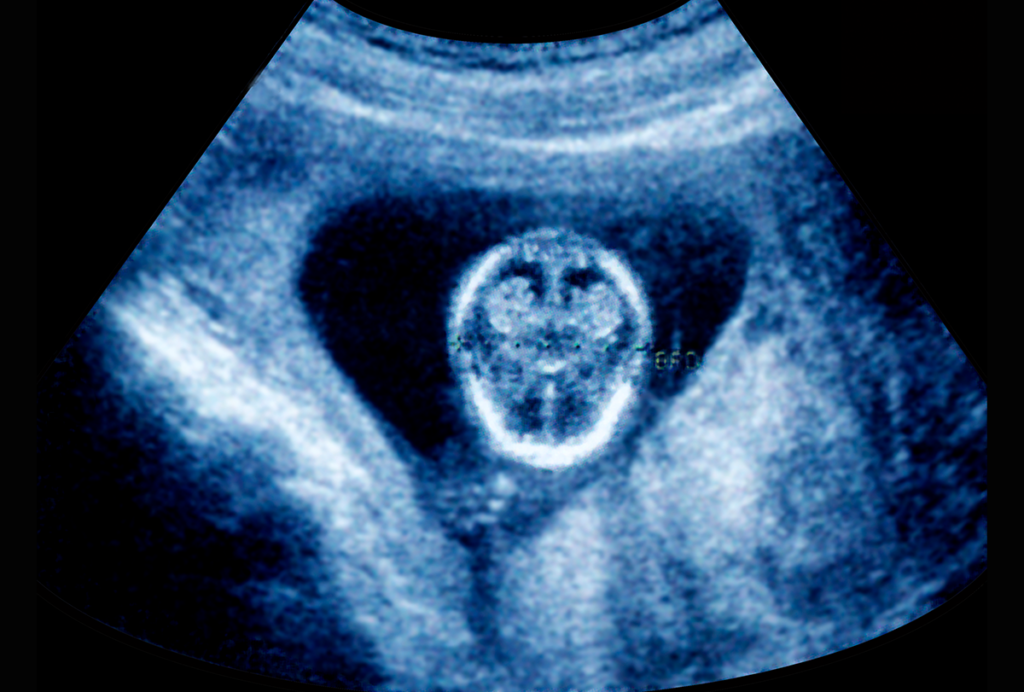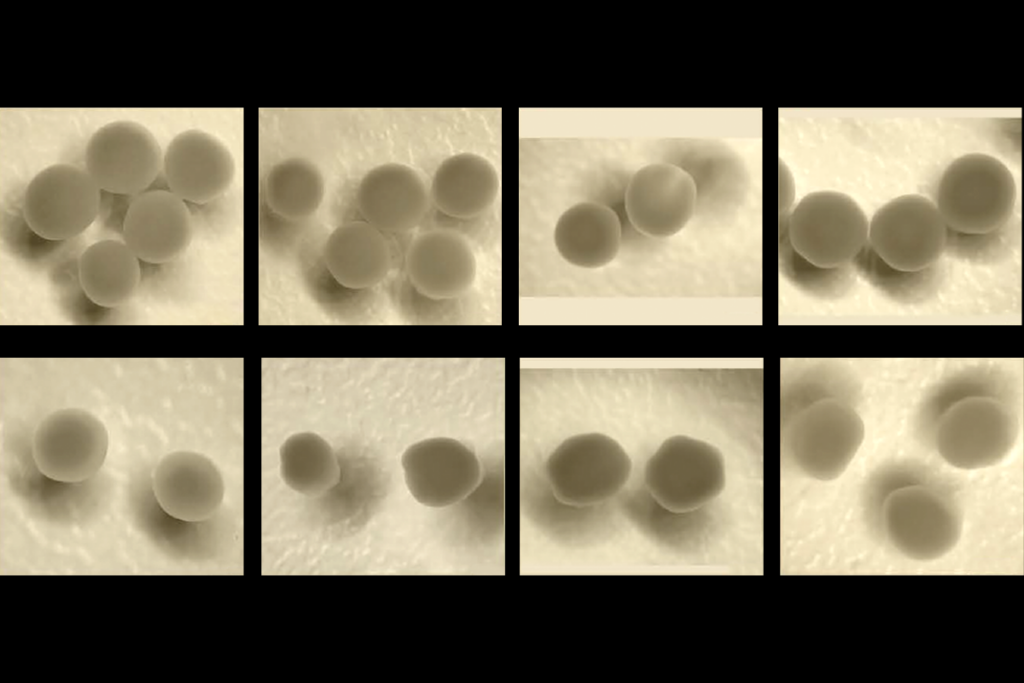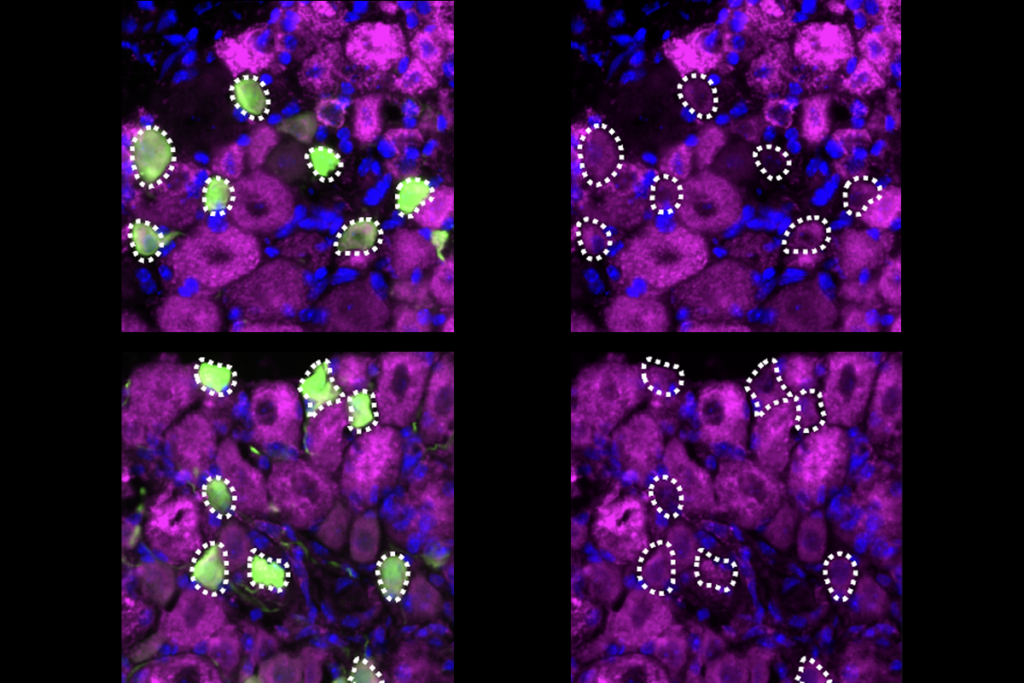Clinical research: Study suggests four autism subgroups
Individuals with autism may belong to one of four groups with discrete sets of symptoms, the most distinct of which includes immune system abnormalities accompanied by sleep problems and sensory sensitivity. The results were published in the April issue of Autism Research.
Individuals with autism may belong to one of four groups with discrete sets of symptoms, the most distinct of which includes immune system abnormalities accompanied by sleep problems and sensory sensitivity. The results were published in the April issue of Autism Research1.
These classifications could help parse out distinct causes of autism and suggest tailored treatments.
Diagnosis of autism is based on a core set of symptoms in each of three domains — social interest, language ability and repetitive behaviors — and differences among individuals with the disorder are often considered a question of degree. But the vast diversity of genetic profiles that appear to underlie the disorder often prompts researchers to call it ‘the autisms,’ emphasizing the disorder’s heterogeneity.
In a 2010 study, researchers took thorough medical histories for 252 individuals with autism and performed a statistical analysis to see if certain symptoms are more likely than others to occur together2. They identified four categories: sensory problems, immune system issues, neurodevelopmental delay and repetitive behaviors.
In the new study, the same researchers reanalyzed the data from all 252 participants to see whether they are more likely to have symptoms that fall into one category and not the others. The participants cluster into four discrete groups, the study found: those with immune abnormalities, along with sleep disruption and sensory sensitivity, but with little developmental delay; those with sleep and sensory deficits, but no immune abnormalities; those with pronounced repetitive behavior; and those who have a combination of all symptoms described in the other three groups and more severe developmental delay.
Of the four groups, the most distinct is the first, immune-related category, the study found. Individuals in this group are also more likely than those in the other groups to have had complications during birth or gestation, such as being born preterm, and to have a large head and elevated body weight.
Studies have shown an association between mothers having an autoimmune disorder, or a severe infection during pregnancy, and the risk of having children with autism. The immune subgroup identified in the new study suggests that immune abnormalities during pregnancy may lead to autism with an identifiable subset of symptoms.
The four categories should still be considered large ‘buckets,’ which are likely to contain several different types of autism, each with its own biological basis, the researchers caution. But they are a step toward understanding clinical subcategories of autism, they say.
References:
1: Sacco R. et al. Autism Res. 5, 137-147 (2012) PubMed
2: Sacco R. et al. Autism Res. 3, 237-252 (2010) PubMed
Recommended reading

Gene variants accumulate in older men’s sperm; and more

Gene-activity map of developing brain reveals new clues about autism’s sex bias

Parsing phenotypes in people with shared autism-linked variants; and more
Explore more from The Transmitter

Neurons tune electron transport chain to survive onslaught of noxious stimuli

Vicente Raja brings ecological psychology concepts to neuroscience
